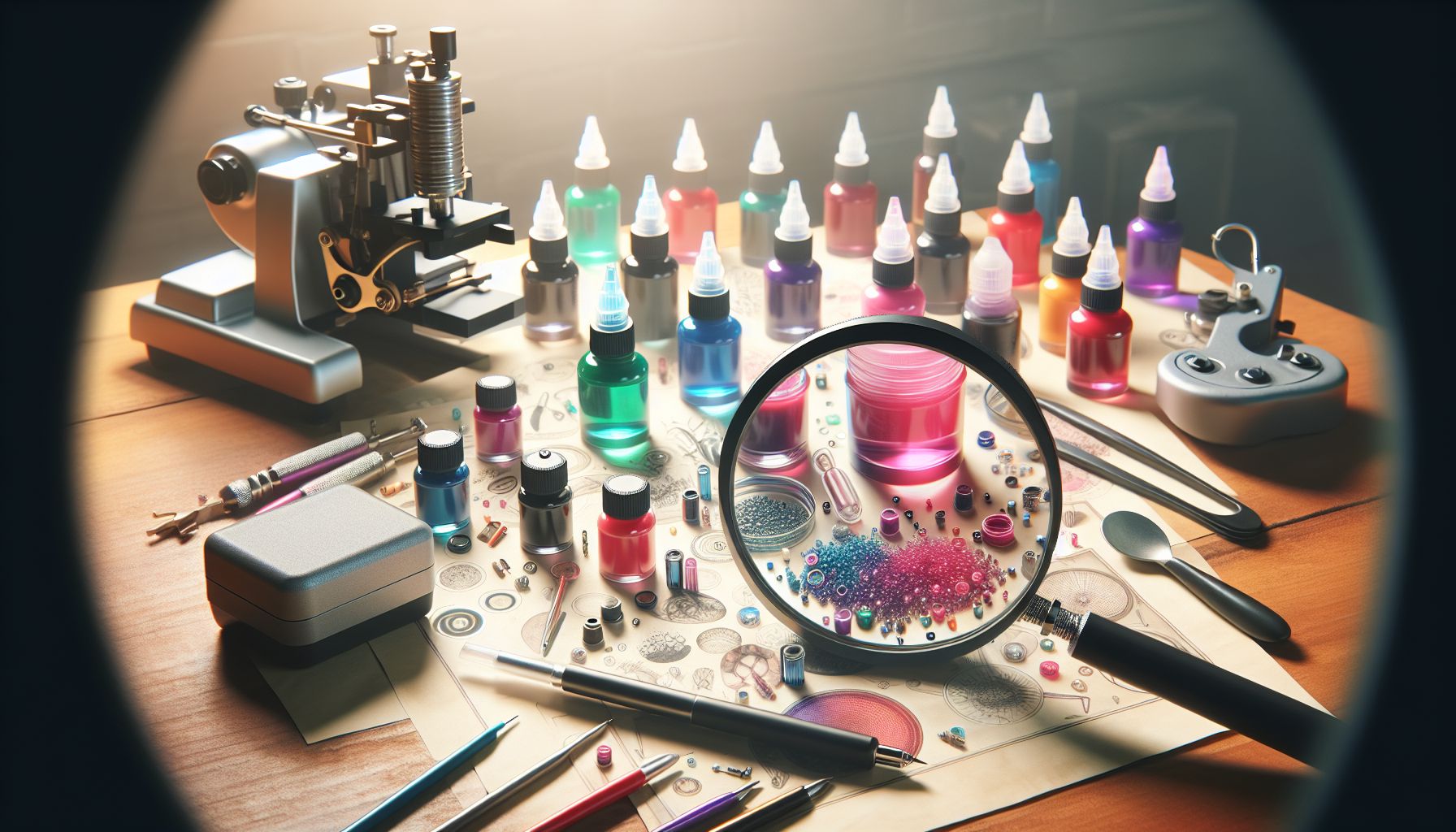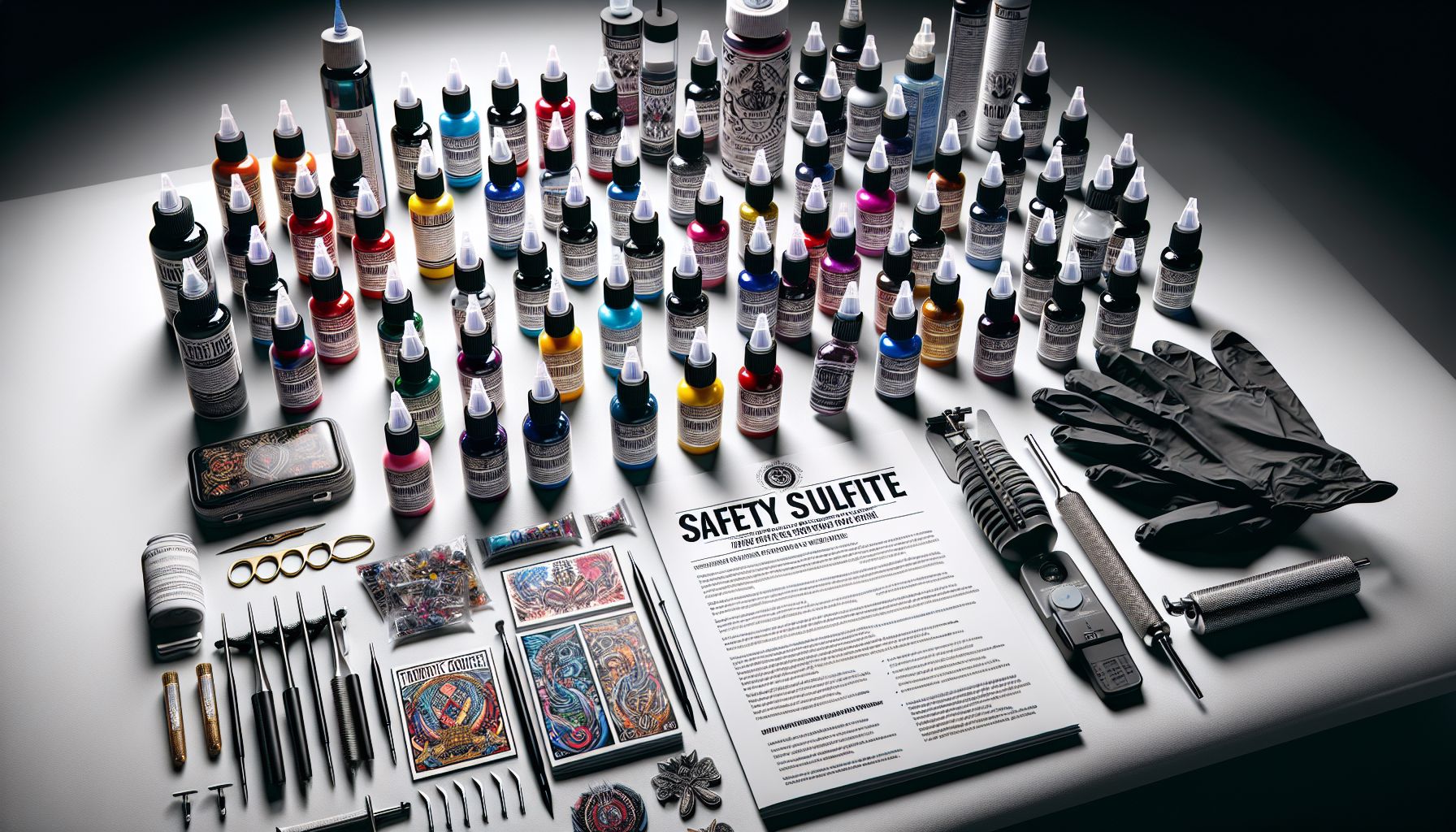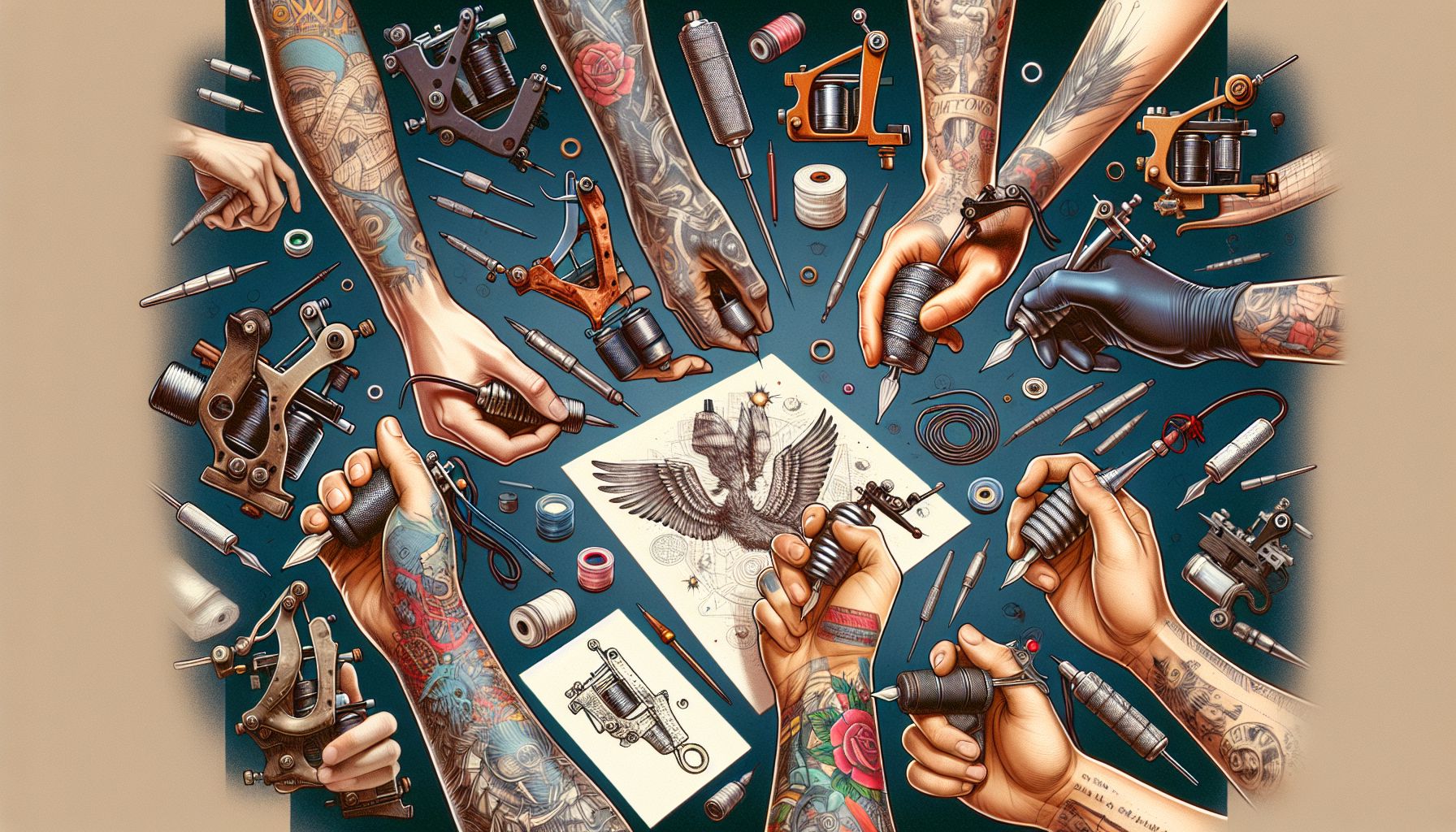As an integral part of the tattoo canvas, tattoo ink is the tool that breathes life, personality, and meaning into every tattoo. The nuanced variations in the spectrum of colors available and the technically advanced formulations have significantly transformed the tattoo industry over the years. This blog post will delve into the evolution, composition, quality, and diversity of tattoo inks, a vital facet of tattoo supplies that every professional tattoo artist should be well-versed with.
Tattoo ink, in essence, serves as the paint to a tattoo artist’s brush exposing the rich, vibrant colors that make up a stunning piece of body art. My personal journey in the tattoo industry spanning over two decades has allowed me to witness the dramatic shifts in the quality and formulation of these essential tattoo supplies.
The Evolution of Tattoo Inks
Delving back into history, traditional tattoo inks were largely derived from inorganic elements. Carbon, iron, or cinnabar were some of the widely used components to produce the rudimentary black, white, and red colors respectively. However, as the demand for a more diverse color palette escalated, manufacturers started incorporating organic pigments into formulations. Advancements in pigment technology have played a pivotal role in ensuring the vivid hues and excellent longevity characteristics associated with modern inks.
Quality and Safety Concerns
In the early years of my tattoo artistry, I remember vividly how my initial endeavors were largely defined by the risk of allergic reactions, skin irritations, and color fading. Unregulated, poor-quality tattoo supplies were prevalent, and tattoo inks were not entirely immune from such inconsistencies. Over time, the industry has recognized and addressed these issues. Most reputable ink manufacturers now stress non-toxic, vegan, and sterile formulations. They’ve significantly enhanced their product quality, ensuring their inks are safe, vibrant, and resilient.
As a rule of thumb, always buy tattoo inks from reputable suppliers or manufacturers. Lower quality, unregulated inks can not only yield sub-par tattoos but can also introduce potential health risks.
The Vibrant World of Color and Brands
Today, the color palette available to tattoo artists is abounding and extravagantly varied. From bright neons to pastel shades, glows in the dark to UV-reactive colors, the choices are virtually limitless. Moreover, renowned brands have surfaced, each outshining the other with their unique formulation, texture, and range.
Brands like “Eternal”, known for their organic pigments and radiant colors, have provided consistent results for my work. “Fusion Ink”, another popular brand, is famed for its animal-product-free formulation catering to the ethical preferences of many tattoo artists.
And a Tip for the Road
Before I conclude, I’d like to share a bit of hard-earned wisdom for those who aspire to create beautiful and long-lasting tattoos: Always shake your ink! Tattoo inks are suspensions where the pigment tends to settle at the bottom over time. A good shake ensures an even dispersion of pigment for a smoother and consistent application.
To wrap up, tattoo ink is a critical piece of tattoo supplies without which the grandeur of tattoo artistry would be dull and uninspired. A deeper understanding of their evolution, quality variants, and responsible purchasing can drastically elevate the final output of your tattoo. Knowledge is indispensable, whether it be a specialized craft like tattooing or deciphering the complex world of ink formulations. Armed with this information, you can set forth, creating tattoos that are true spectacles of your artistry.



